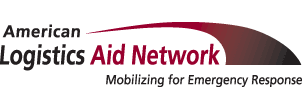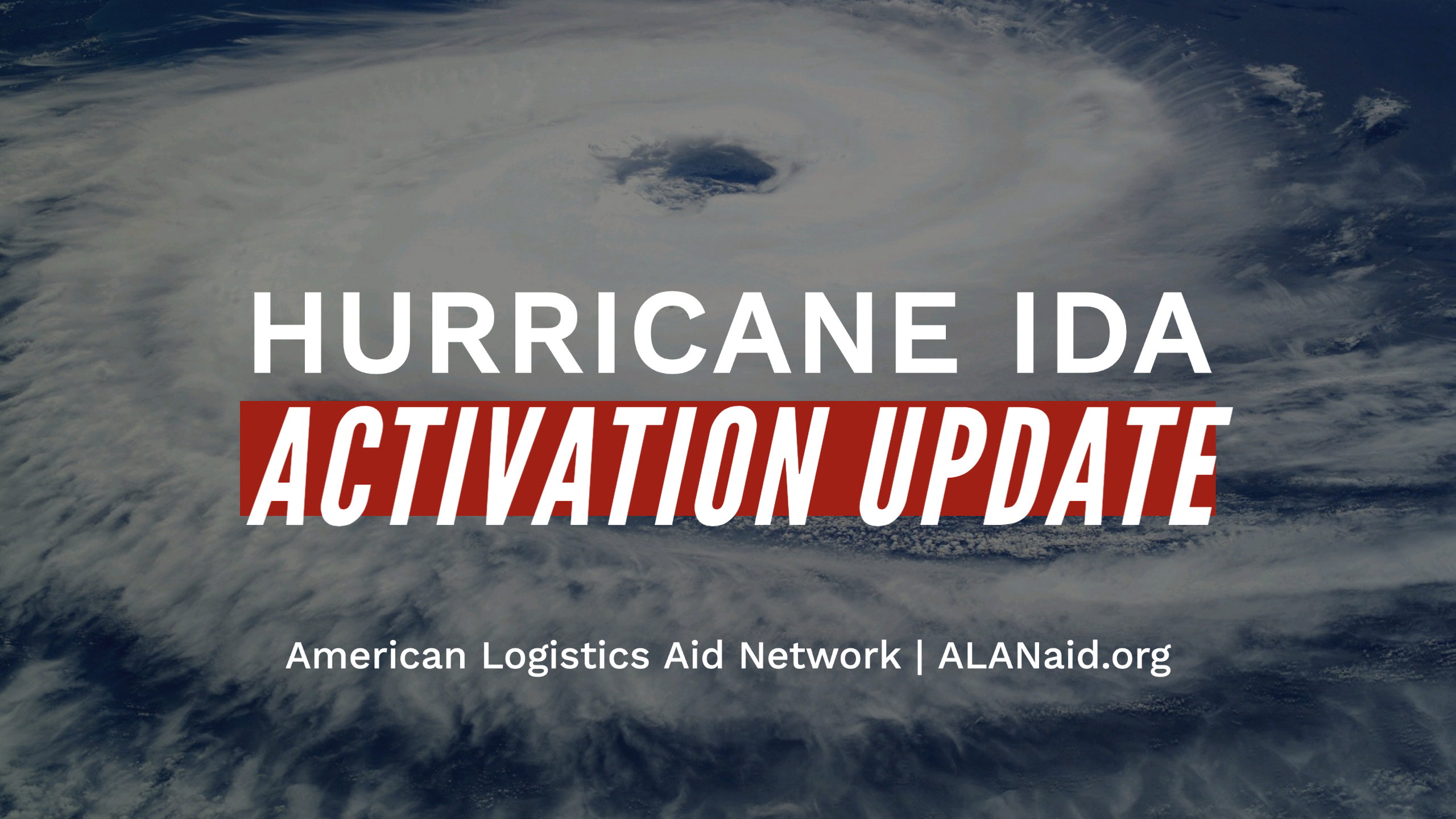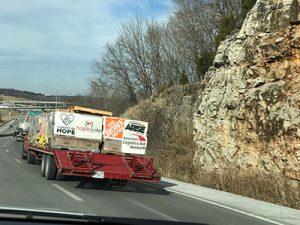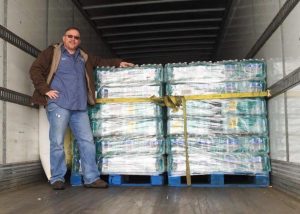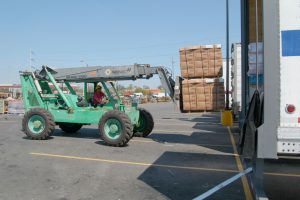As Hurricane Ida approaches landfall in Louisiana, ALAN is busy preparing, and we are encouraging all of our partners to do the same.
With that in mind, we’d like to share five pre-storm takeaways that we feel it’s especially essential for you and your organizations to be aware of. We hope you’ll find them helpful.
Because this has the potential to be an especially destructive storm, we encourage you to visit ALAN’s Supply Chain Intelligence Center (www. https://www.alanaid.org/map/) and our Disaster Micro-Site (https://www.alanaid.org/operations/) frequently. The first contains a wide variety of resources to keep you in the loop about everything from Ida’s latest path to how local and regional transportation infrastructure is being impacted. The second is where we will share key details about some of ALAN’s key activities and how you and other members of the logistics community can help. We will be updating both resources frequently as events unfold.
As always, all of us at ALAN are hoping that this storm will be much less severe than predicted and that any damage to life, health and property will be minimal. At the same time we are grateful for the many good people like you who stand ready to help. Thank you for supporting us and those we serve, and please join us in holding good thoughts for the people of Louisiana and the Gulf Coast in the days ahead.
Sincerely,
Kathy Fulton
Executive Director
Getting Ready For Hurricane Ida
ALAN’s Five Key Takeaways For Your Company
1. Make personal safety a priority.
If you or some of your business locations are located anywhere near Ida’s path, be sure to monitor the National Hurricane Center and your local National Weather Service forecast for real-time details. And please, don’t ignore any safety warnings that pertain to you or your personnel. Ida is expected to be a major hurricane with winds of up to 131 miles per hour and rainfall up to 15 inches in some places, which means its potential impact is not to be taken lightly.
2. Get the latest detailed information about storm-related road closures, facility closures and more by visiting ALAN’s Supply Chain Intelligence Center at https://www.alanaid.org/map/ and by reviewing the list of links to local resources on our Disaster Micro-Site. We are updating this frequently to provide you with as much information as possible
It should tell you most of what you need to know. But should you wind up needing additional information, please contact us at [email protected]. Time permitting, we will do our best to work with our emergency partners to get you an answer.
3. ALAN is actively fielding and fulfilling Hurricane Ida and other major disaster relief requests. You can view the latest by going to the “What’s The Latest And How Can You Help With Hurricane Relief?” section of our Disaster Micro-Site at https://www.alanaid.org/operations/.
Over the past few weeks, we have been communicating with various emergency management and non-profit partners regarding their hurricane needs. Although there are no “open” requests for Ida support at the moment, this situation could quickly change as Ida’s story unfolds. In fact, in previous years, most of our requests have come several days or weeks after hurricanes have hit. So stay tuned and stay ready – because as requests for transportation, warehousing, volunteers and material handling equipment come in, we will be posting them promptly.
4. If you’d like to “pre- offer” your space, equipment, expertise or services, please visit https://www.alanaid.org/how-to-help/ on our website to fill out a form.
We find such offers to be hugely helpful, because it lets us know who might be most willing to help us out with our most urgent needs. But rest assured that we know the difference between a pre-offer and a promise. We’ll still reach out to ask if you’re willing to help with a particular need rather than just assuming you will.
5. Please don’t self-deploy to disaster-impacted sites, and please don’t participate in product collection drives.
Although the intention behind both of these activities is good, they often create more challenges than they solve, because they tend to get in the way of responders who are working to save lives – and add confusion to an emergency supply chain that is already under tremendous strain. If you’re looking for a meaningful way to help, pick a humanitarian organization and collect money for it instead. Such donations will be much more useful and efficient – and far more likely to actually reach storm survivors.
